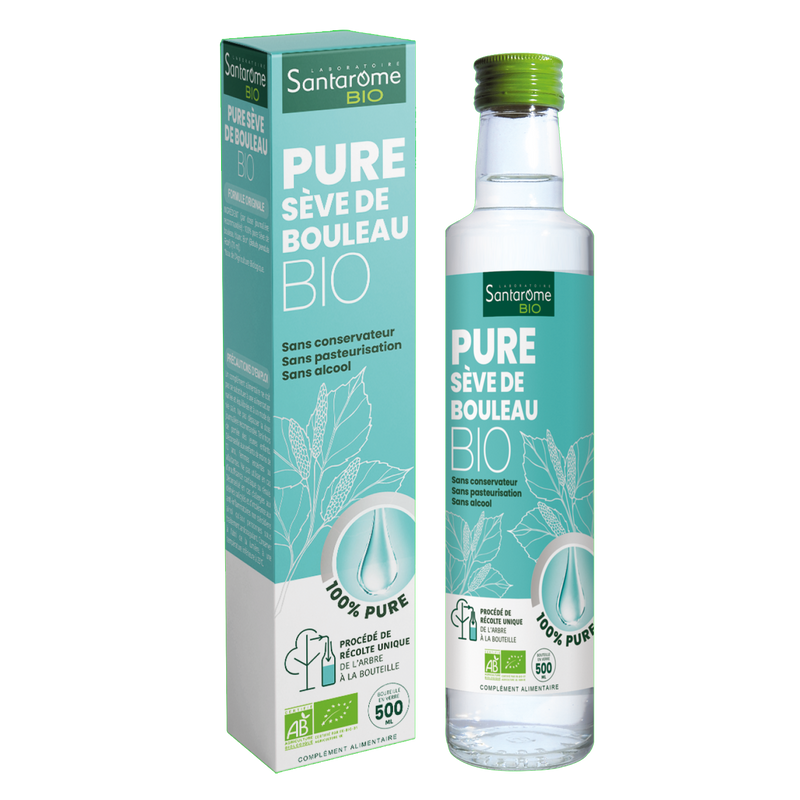Composition and main active compounds of the Horse Chestnut
Beyond its beauty, the horse chestnut tree is also a tree with key components and multiple uses:
- Saponins are characteristic substances of the horse chestnut tree. They are present in large quantities in the bark, leaves, and chestnuts. Saponins have anti-inflammatory, venotonic, and anti-edematous properties.
- Escin is a type of saponin specific to the horse chestnut tree. It is responsible for its main therapeutic properties. Escin is a powerful anti-inflammatory that helps reduce pain and swelling. It is also a venotonic, meaning it tones the veins and improves blood circulation.
- Flavonoids are natural antioxidants found in high concentrations in horse chestnut leaves. They protect cells against damage caused by free radicals. They also have anti-inflammatory and anti-allergic properties.
- Tannins are astringent substances with anti-inflammatory and antihemorrhagic properties. They are present in large quantities in the bark of the horse chestnut tree.
Horse chestnut oil is extracted from horse chestnuts. It is rich in unsaturated fatty acids, vitamins E and F, and minerals. It has nourishing, moisturizing, and protective properties. It is used for skin and hair care.













